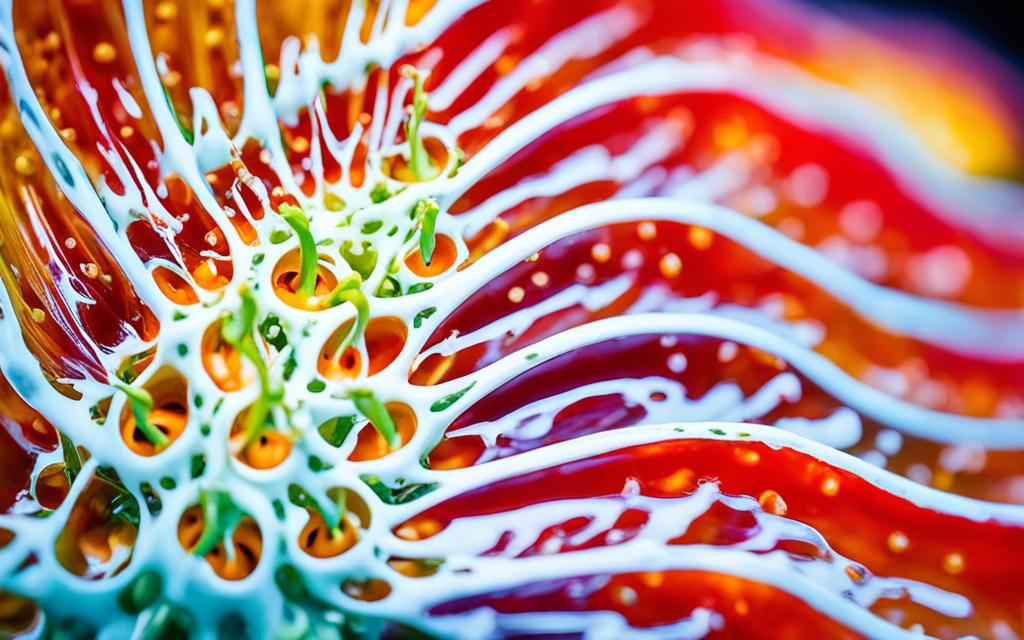Habanero peppers are a vibrant addition to the realm of spicy peppers, celebrated for their intense heat and unique flavors. Typically found in shades of orange, red, or green, these small but mighty peppers have a distinct fruity taste that enhances numerous dishes. Originating from the Amazon basin, Habaneros hold a significant place in Latin American and Mexican cuisine, where they are cherished for their culinary uses, including in salsas, sauces, and marinades. As we delve deeper into the world of Habanero peppers, you’ll learn not just about their striking flavors but also about the exciting possibilities for growing habaneros right in your own garden.
The Heat Factor: Understanding Habanero Peppers
Habanero peppers are known for their intense heat, making them a favorite among spice lovers. Understanding the factors that contribute to their spicy nature can help culinary enthusiasts make informed choices when cooking. The primary reason for the fiery taste found in habaneros comes from capsaicin, a compound that interacts with pain receptors in the body, creating a burning sensation.
What Makes Habaneros So Spicy?
The Habanero spice level is notably high due to the concentration of capsaicin. This compound is what gives various peppers their heat. When you bite into a habanero, the capsaicin binds to the receptors in your mouth, sending signals to the brain that result in the feeling of heat. For those unaccustomed to such levels of spice, this sensation can be quite intense.
Scoville Heat Units Explained
The Scoville scale is a measurement used to determine the heat level of peppers. Habaneros typically fall within the range of 100,000 to 350,000 Scoville Heat Units (SHU). This makes them significantly hotter than many other popular peppers, such as jalapeños, which generally measure between 2,500 to 8,000 SHU. The vast difference in heat provides insight into the culinary challenges and flavor profiles when using these peppers.
Comparing Habaneros to Other Peppers
A comparison of Habanero vs Jalapeño highlights the considerable gap in heat intensity. While jalapeños offer a milder spice, habaneros are often chosen for dishes that require a robust kick. Those looking to explore the upper echelons of spicy peppers will find that habaneros not only deliver heat but also add unique fruity flavors, enhancing a variety of dishes.
Cooking with Habanero: Flavorful Recipes to Try
Embracing the fiery delight of Habanero peppers opens a world of culinary creativity. These peppers add a vibrant kick to a variety of dishes, making them indispensable in many kitchens. Explore these Habanero recipes that balance heat and flavor, perfect for those who love spicy dishes.
Delicious Habanero Salsa Recipe
This Habanero salsa recipe blends fresh tomatoes, onions, cilantro, and lime with the unforgettable heat of Habaneros. The result is a zesty dip that adds excitement to chips or grilled meats, making it a must-have at any gathering. Customize the heat by adjusting the amount of Habaneros according to your taste.
Habanero Pepper Jelly: A Sweet and Spicy Treat
For a unique twist, try making Habanero pepper jelly. This delightful spread combines the sweetness of sugar with the fiery flavor of Habaneros, creating a fabulous pairing for cheeses and meats. Use it on charcuterie boards or as a glaze for grilled chicken to enhance your appetizers.
Spicy Habanero Chicken Marinade
Transform your grilled chicken with a spicy Habanero marinade. Combine olive oil, minced garlic, and finely chopped Habaneros for a sauce that infuses rich flavors. Marinating the chicken for at least an hour allows the flavors to develop, making each bite deliciously fiery.
Incorporating Habaneros into Everyday Dishes
Habaneros can easily elevate everyday dishes. Add finely chopped Habaneros to soups, stews, or pasta for a flavorful kick. Consider using them in scrambled eggs or on pizzas for an unexpected burst of heat. The versatility of Habanero peppers invites endless experimentation in your cooking.
Habanero: Growing and Caring for Your Own
If you’re interested in growing Habanero peppers, it’s essential to start with the right seeds. Look for seeds from reputable suppliers like Bakers Creek Heirloom Seeds or Johnny’s Selected Seeds to ensure a good variety and quality. When starting your plants indoors, aim for 8-10 weeks before the last frost date. Habaneros thrive in warm conditions, so be sure to maintain a temperature between 70-85°F in your indoor grow room.
For optimal growing conditions, focus on well-draining soil rich in organic matter. A mixture of peat moss, compost, and perlite works wonders. Habaneros require full sun, so choose a location that receives at least 6-8 hours of direct sunlight each day. Water your plants consistently, allowing the soil to dry slightly between watering to prevent root rot. Adhering to these Habanero cultivation tips will help you achieve vibrant and healthy plants.
Pest management is crucial, and using organic sprays can help combat common pests like aphids and spider mites. Fertilize your Habaneros every few weeks with a balanced fertilizer to boost growth and fruit production. Harvesting should be done once the peppers reach their desired color, typically orange or red, depending on the variety. Growing Habanero peppers not only adds a flavorful kick to your dishes but also offers a rewarding gardening for spice journey that enhances your culinary skills.
